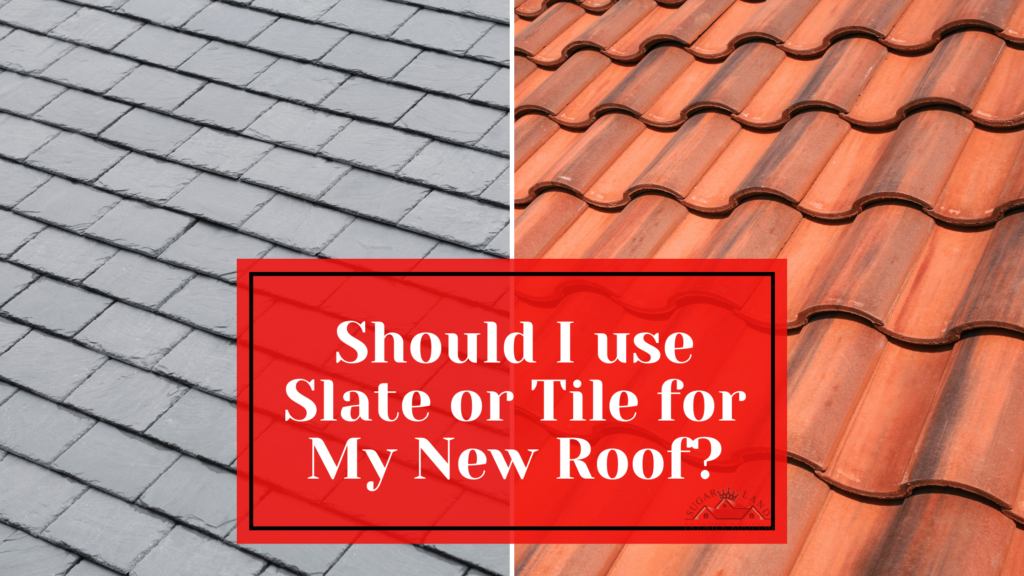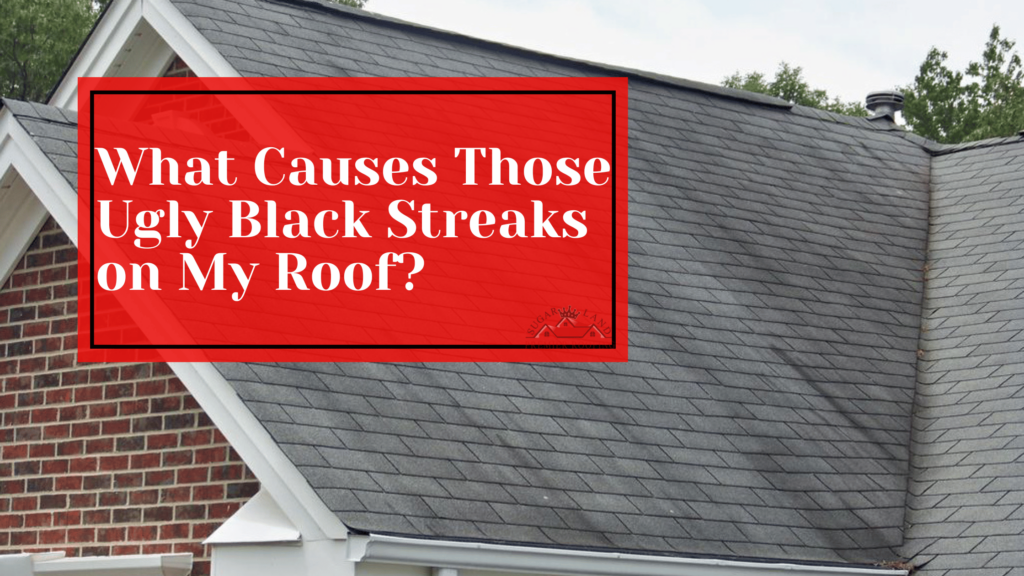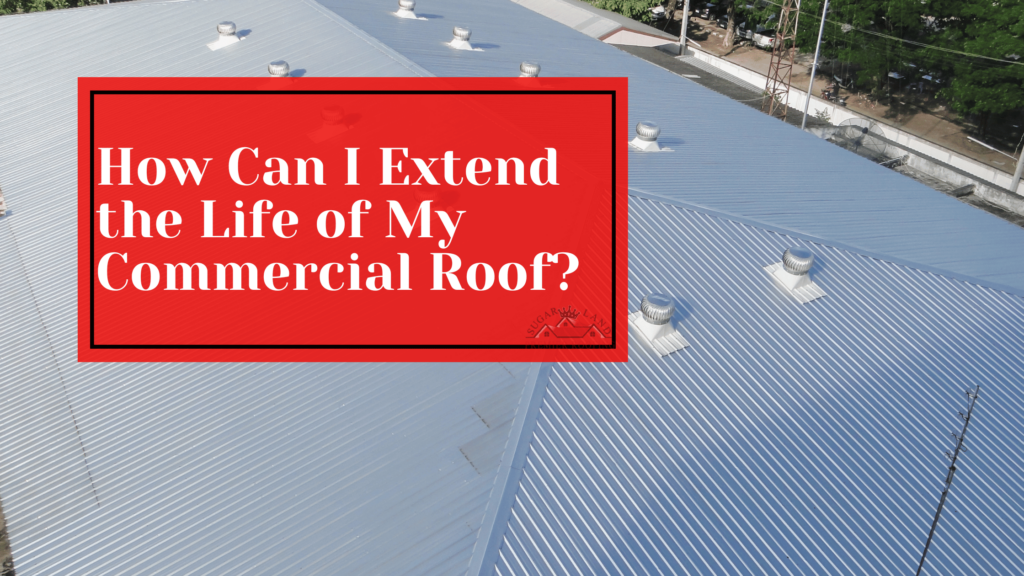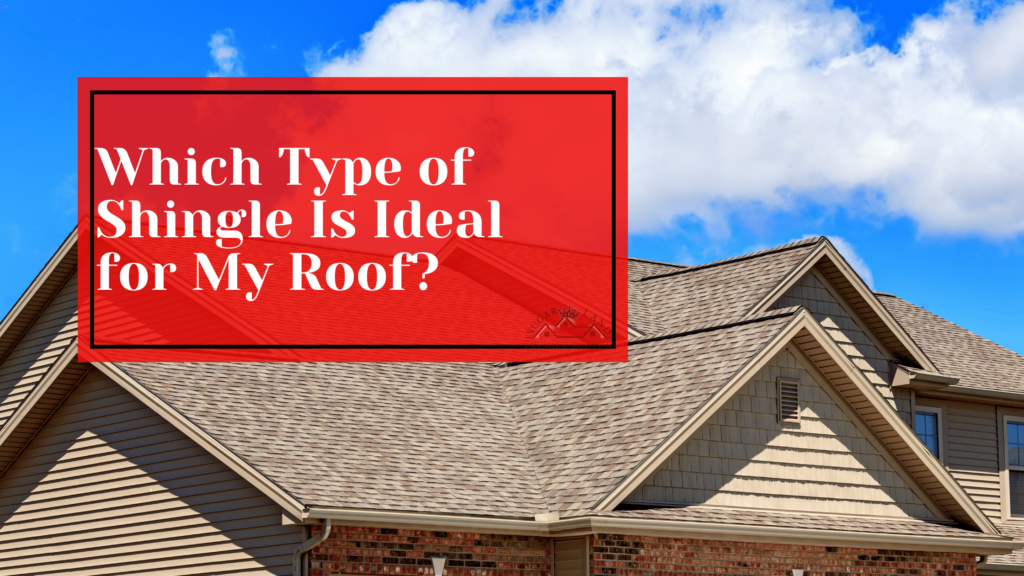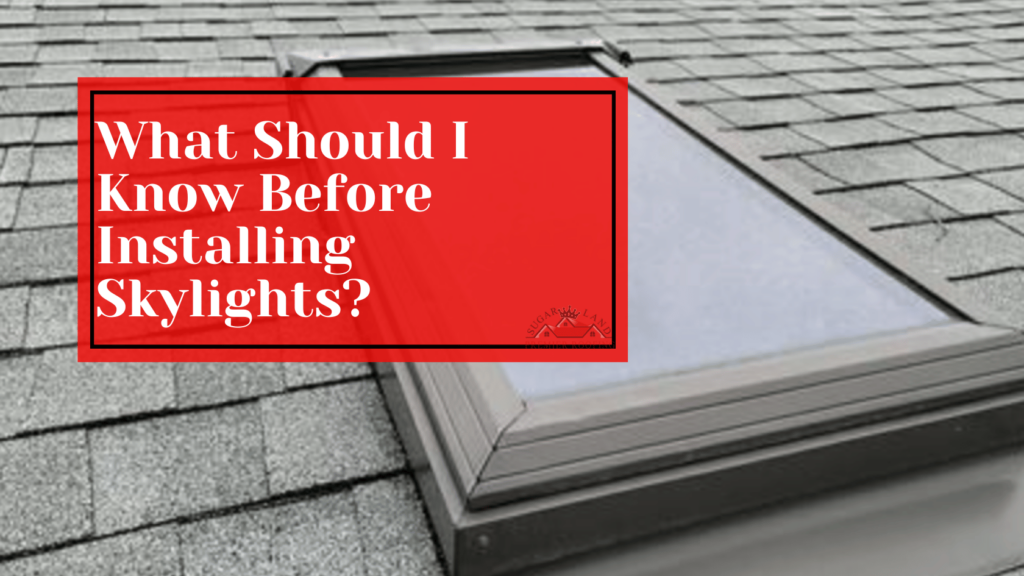Having the Right Roof Makes a Big Difference
If you’re wondering “What are the best ways to handle roofing emergencies?” Let Sugar Land Premier Roofing help you out. Quality roofs are just as important for your home or business as well-built foundations. Here are just a few reasons why:
Protection & Support
Roofs are more than protective shields against the sun, wind, rain, and other threats. Roofs attach to walls, providing strength and structural support to the entire structure.
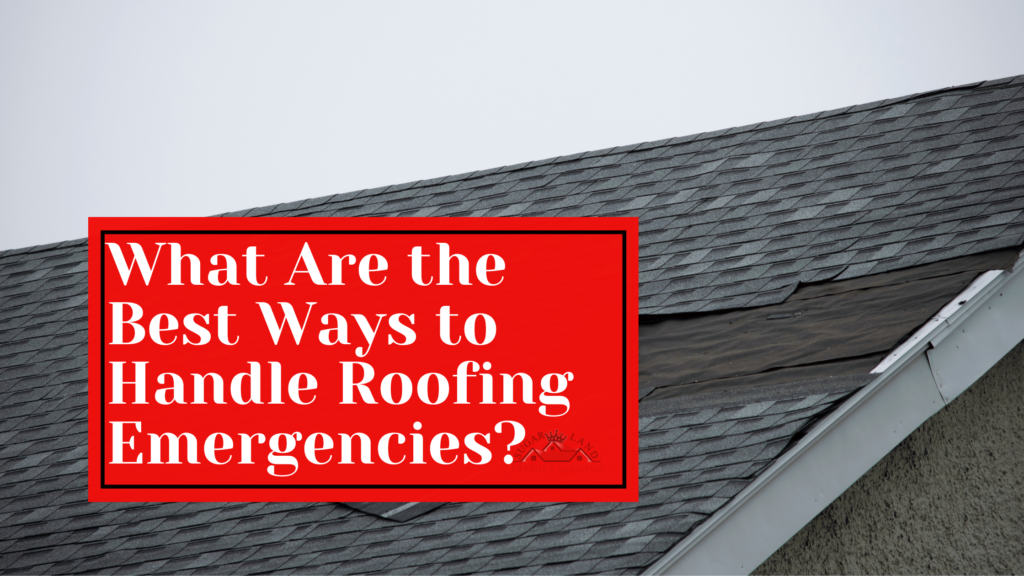
Energy-Efficient
In addition to providing protection & support, a sound roof can also provide other benefits. As well as helping to lower your monthly heating and air conditioning costs, quality roofing material, sufficient insulation, and proper ventilation can also improve your house’s energy efficiency.
Added Curb Appeal & Value
When your roof is sagging or covered in algae & moss, it inevitably detracts from your house’s curb appeal. On the other hand, an in-good-condition roof will improve your home’s value and help you sell it at a higher price.
What Classifies as a Roof Emergency?
A tornado, hurricane, hailstorm, or other extreme weather event qualifies as a roof emergency. But further, less spectacular root issues can also result in serious roof problems.
Microbursts, Cold Fronts, & Strong Winds
Despite not being tornadoes, microbursts and straight-line winds caused by thunderstorm downdrafts can cause significant damage in a few minutes. Even a cold front without embedded storms can create damaging winds.
Snowpack & Ice Dams
Winter storms don’t constantly threaten most of the Southeast, but frozen precipitation can and does fall. Snowpack and ice dams can cause leaks and water damage whenever a roof is exposed to prolonged freezing weather.
Roof Leaks
It is important to note that even a small roof leak can quickly become an emergency. Roof leaks can lead to internal water damage, mold, and mildew growth. Leaks can also cause damage to the foundation of the building, depending on where the leak occurs.
Lack of Maintenance
Inspecting your roof thoroughly at least once a year is recommended. It is even more recommended to check your roof after every season changes. Minor roof issues may become more severe in the absence of such maintenance.
Poor Installation Workmanship
It’s often a result of the roof needing to be installed correctly in the first place that causes premature roof failure instead of roofing materials. To begin with, you should partner with a local roofing professional who understands your needs.
How to Anticipate & Respond When Roof Emergencies Occur
There are many kinds of roofing emergencies, some predictable, but others can still happen without warning. Here’s what you can do to prepare for such emergencies!
Purchase some good homeowner’s insurance.
A mortgage lender requires homeowners to carry some insurance if they currently pay money on their homes. Although your mortgage may be paid off, you should maintain a homeowner’s insurance policy. Flood damage and earthquake damage, however, require special insurance coverage. Your insurance provider can help you determine what your current policy covers. You can then adjust your policy or add additional coverage as necessary.
Set aside an emergency fund.
Besides setting money aside for debt repayment, Dave Ramsey advises creating an “emergency fund” in case of unexpected calamities. Ramsey recommends a starter amount of $1,000, but you can set whatever amount you like. Don’t be caught off guard by an emergency like losing your job or discovering you have a leaky roof. You’ll be glad you have that money set aside.
Assess & repair any immediate issues.
It is essential to start by thoroughly inspecting your current roof. Be sure to visually inspect your roof and note if any shingles are damaged or missing if any water pools or leaks, and if your gutters have separated. You should check inside your house for any discoloration, bubbles, or signs of leaks. Once you’ve found any problems, make sure to correct them.
Choose a reputable roofer to partner with now.
A roof emergency can be incredibly stressful and confusing. When making long-term decisions, it’s best to make them slowly.
Choose Sugar Land Premier Roofing
Whether your roof has sustained damage or has been in service for many years, partnering with Sugar Land Premier Roofing is one of the best ways to prepare for possible roof threats! Sugar Land Premier Roofing’s preferred roofing services are roof installation & roof repair services, and they specialize in working with shingles, metal, wood shake, tile, slate, tile, composites, and synthetic materials.
For more information, contact Sugar Land Premier Roofing at 832-639-1299. We service areas in Sugar Land, Katy, Deer Park, and Houston, TX.




